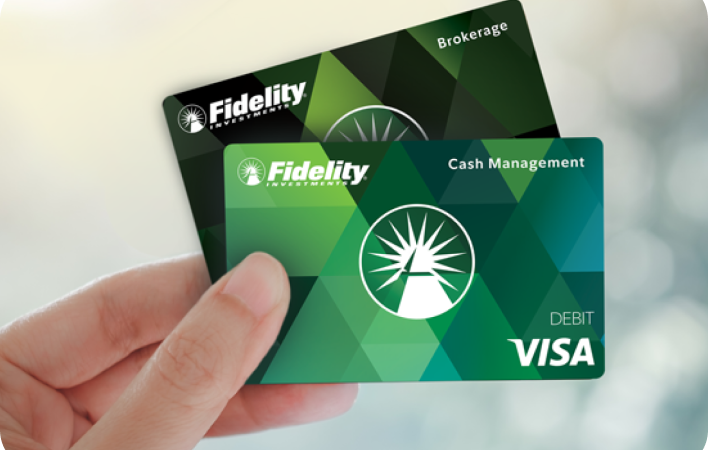Most people have heard of CBD and THC. These two compounds found in the cannabis plant are very known, but have you heard about CBDa?
THC is well known for being the active chemical that gets you high, and we know CBD for its therapeutic properties. However, CBDa hasn’t had a lot of attention until recently.
So what is CBDa, and how does it differ from CBD? What does it look like? And how can it be purchased and used?
If you’re interested in learning more about CBDa vs. CBD, keep reading. We will explain it all, so you know which is best for you.
What Is CBDa?
CBDa is what eventually becomes CBD and exists in the cannabis plant in an acidic form. Once the cannabis goes through decarboxylation, it starts a chain reaction of chemical changes.
To decarb the cannabis, it’s heated, and the CBDa converts to the chemically neutral cannabinoid we know as CBD. Experts suggest that CBDa functions best when used in combination with other cannabinoids. This means that CBDa could potentially increase the effects of CBD and vice-versa.
After extraction, CBDa in its raw form converts to a crystalline structure. This crystal is then ground down into a powder, which is off-white. It’s also flavorless and odorless. This is because it lacks the flavonoids and terpenes that hemp extract has.
The Differences Between CBDa and CBD
CBDa and CBD are similar; however, the difference between CBDa and CBD is how they interact with the body differently. Fortunately, while scientists are still learning about CBDa, we know a little about how they work.
While CBD binds to our body’s cannabinoid receptors, CBDa interacts with our endocannabinoid system. This, in turn, increases the production of serotonin in the body.
Furthermore, studies have found that CBDa can act as a COX-2 inhibitor, reducing pain and inflammation. This is the same inhibitor that allows NSAIDs to manage inflammation.
How to Use CBDa and CBD
There are several ways to use both CBD and CBDa, and both are sold in topicals, tinctures, and oils, among other products.
When using CBD oil, a few drops are dispensed under the tongue to be taken. Alternatively, you can add drops to food. CBD can also come in water-soluble powder sachets, which you mix with your favorite drink.
CBDa can be purchased as a CBDa isolate that you can add to finished CBD products. CBDa isolate is nearly molecularly homogenous, making it easy to dose accurately. There is also no detectable trace of THC in CBDa isolate.
CDBa isolate can make balms, tinctures, gummies, supplement capsules, face serums, and CBDa pet products.
CBDa vs. CBD: Which Do You Choose?
Although studies are still in the early stages, the thirst for knowledge around the beneficial properties of CBDa vs. CBD is growing. As a result, more studies are being done to try and understand how we can best utilize this chemical.
If you make your own CBD products, you might want to give CBDa isolate a try. Then, add it to your oils, foods, and body products.
If you’ve enjoyed this article, find more like it in our Lifestyle, Medical Fitness, and Health sections.


Recent Comments